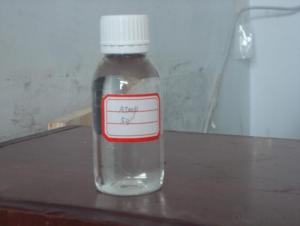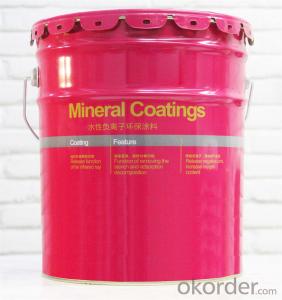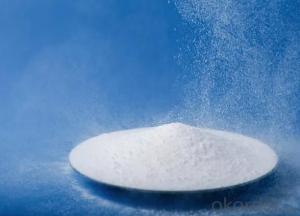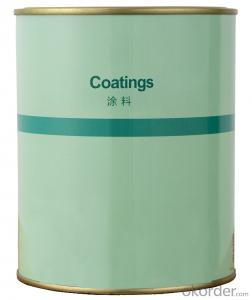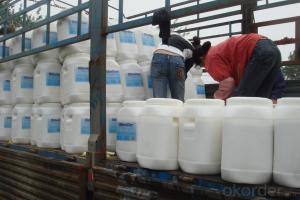Carbon Black N660 Granluar
- Loading Port:
- Tianjin
- Payment Terms:
- TT OR LC
- Min Order Qty:
- -
- Supply Capability:
- 10000MT m.t./month
OKorder Service Pledge
OKorder Financial Service
You Might Also Like
Carbon Black N660 (Granule)
Product Description:
Carbon Black N660:
1.Usage Rubber Auxiliary Agents ;
2.Product Status: Black powder or granular;
3.Standard: ISO 9001:2000
We are a carbon black Group company and have three factories in Shandong and Shanxi province of China, and the big one have get ISO certification. Our carbon black is the best ten brand approved by China carbon black quality certification, and very popular in the domestic and international market. Our group has 100,000-ton annual output and 13-year production history. We can supply all the types you need from low to high standard. We trust we have ability to supply you high quality and competitive price for you.
Suggest for Use:
(1)uses for the tire ply, sidewall and the pressure out, calendered products rubber compound.
(2)The usage and to the FDA for natural rubber and various synthetic rubber, easily dispersed, can give quite a high of rubber, extrusion speed, pressure the surface is smooth, mouth-type expansion is small, vulcanized rubber high temperature performance and excellent thermal conductivity, reinforcement, flexibility, and better resilience. Mainly used in tire cord layer, sidewall and the pressure out, calendered products rubber compound. This product is best for the butyl rubber inner tube and used with the N660.
TDS of the Carbon Black N660
Product Varieties | N660 | Pouring density(kg/m3) | 400~480 |
Iodine absorption Value(g/kg) | 32~40 | 300%modulus(Mpa) | -3.6~-1.6 |
DBP absorption Value (10-5m2/kg) | 85~95 | Ash content | ≤0.7% |
24Mn DBP(10-5m2/kg) | 69~79 | 45um sieve residue | ≤0.05% |
CTAB surface area(103m2/kg) | 31~41 | 500um sieve residue | ≤0.001% |
STSA/(103m2/kg) | 29~39 | Impurity | NO |
Nsa surface area(103m2/kg) | 31~39 | Fine content | ≤10% |
Tint strength(%) | ------ | Tensile strength(Mpa ) | ≥-4.5 |
Heatloss(%) | ≤1.5 | Elongation at failure | ≥-10% |
Safety:
As a matter of good industrial hygiene, gloves and safety glasses with side shields or better eye protection should be worn when handing Carbon Black ,For more information, refer to the MSDS.

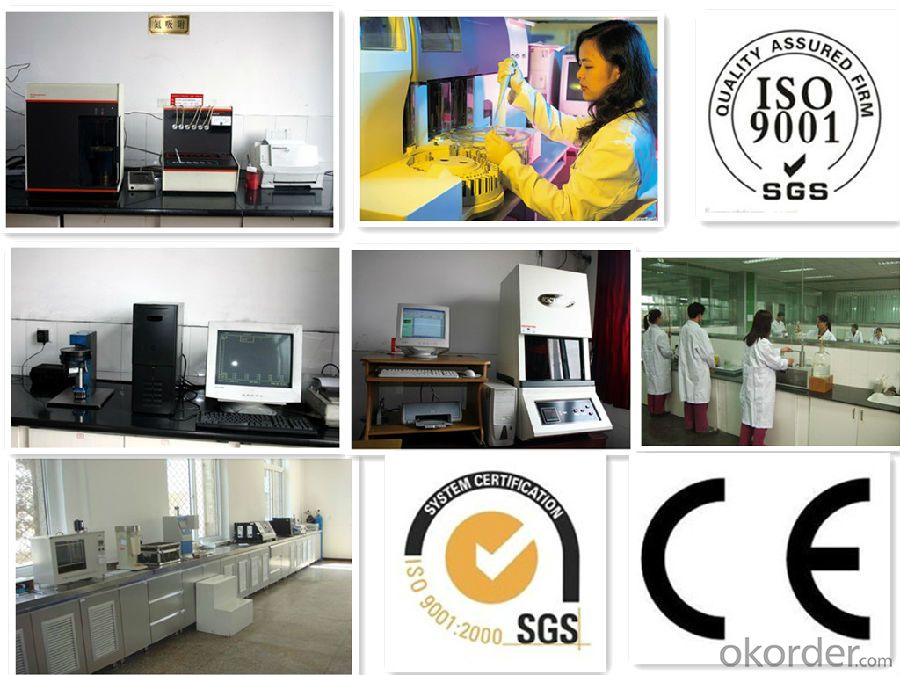
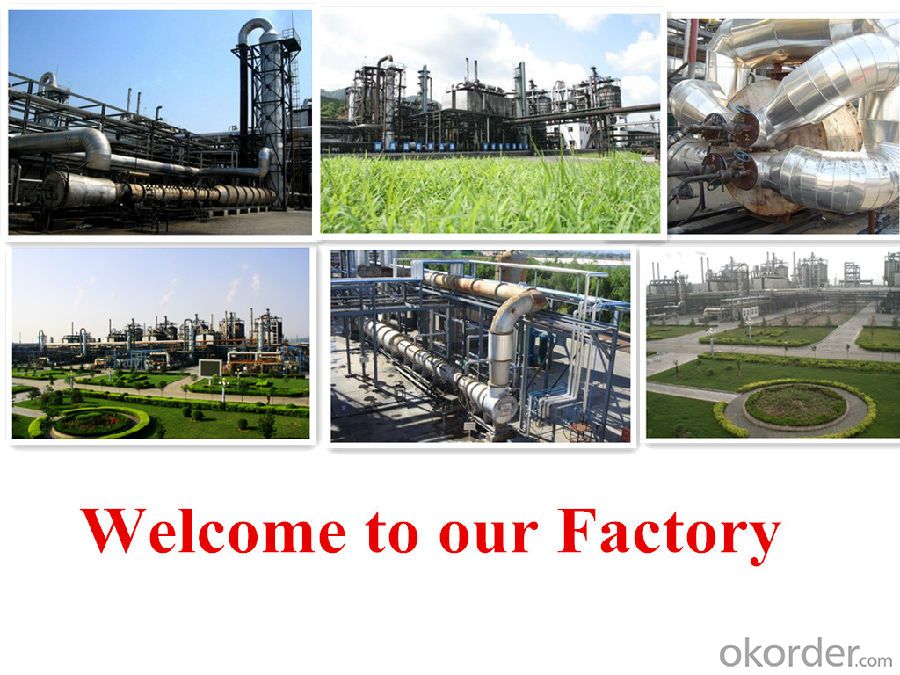
- Q:Chemical production of iodine and magnesium with water as catalyst!
- In the 250mL three bottles were equipped with spherical condenser and constant pressure dropping funnel, in the condensate tube connected to the anhydrous calcium chloride drying tube. The flask was placed with 1.5 g of magnesium chip and a small tablet of iodine, 10 g of bromobenzene and 30 mL of anhydrous ether were mixed in a constant pressure dropping funnel. First 1/4 of the mixture into the flask, a few minutes later see the magnesium surface of the bubble generated, the solution was slightly cloudy, iodine color began to disappear. If no reaction occurs, use a hot water bath. After the start of the reaction, stir, slowly dropping the remaining bromophene ether solution, dropping the rate to keep the solution was slightly boiling state, after adding, in the water bath to continue reflow 0.5h, magnesium tablets full effect.
- Q:What is a catalyst in a chemical reaction?
- A catalyst is a compound in chemistry (it can be an acid or temperature or a base or a metal or anything, pressure anything) that shifts the reaction towards one product or the other... In simple words. If you want to obtain something, e.g. water, then you can obtain it in different timings, ie in 2000 years, but if you want to obtain it in 2 hours instead of 2000 years then you add a catalyst, e.g. you heat the reaction to speed it up, you add an acid, or a base etc. Some catalysts also act on the regioselectivity of a compound thru preferring the formation of a stereo-isomer to another. E.g. if you want to obtain S-Thalidomide instead of R-Thalidomide you use a particular catalyst etc...
- Q:Please make it simple because I need it for school and please give to examples for the second part Thanx :D
- A catalyst is a substance that speeds up the rate of a chemical reaction with itself being chemically unchanged at the end of the reaction. They are useful as they help to lower the minimum amount of energy needed ( also known as activation energy) to start the reaction. Hence, by lowering the activation energy of the reaction, they help to speed up the rate of reaction. For example, in the Haber process for the manufacture of ammonia, the catalyst iron is added to speed up the rate of reaction between hydrogen gas and nitrogen gas. Otherwise, the reaction would have proceeded much more slowly. Another example is the catalyst nickel used in the manufacture of margarine and vanadium (V) oxide for manufacturing sulfuric acid. As catalyst remain chemically unchanged after a reaction, they can be reused again and hence, they are required in minute amounts. An example is the washing powder used in washing clothes, they help to remove food stains by digesting the proteins in food. They can be reused after each reaction and hence, you do not need to add in the whole packet of washing powder but only a few spoonful.
- Q:The concept of catalyst in high school chemistry
- Since the catalyst can only change the chemical reaction rate, the catalyst can not increase the mass of the product. The quality of the product depends only on the quality of the reactants.
- Q:The best use of chemical catalysts
- Do not know what you want to use the best thing is what the catalyst is generally used in the process, there will be an initial induction period, the catalytic activity is relatively low, and then reached a stable catalytic state, this paragraph is generally called the catalyst life, the final Due to poisoning, active ingredient aggregation and so on factors, the catalyst activity will be reduced, then need to replace the new catalyst
- Q:What is a chemical catalyst?
- A substance that participates in chemical reactions but does not change the quality and chemical properties. It can change the reactant activation energy, speed up or slow down the reaction rate.
- Q:Chemical Glossary: Catalyst
- The catalyst is a substance that can change the rate of the reaction without changing the standard of the reaction Gibbs free, according to the definition of the International Pure and Applied Chemistry (IUPAC) in 1981, Enthalpy change. This effect is called catalysis. The reaction involving the catalyst is a catalytic reaction.
- Q:Junior high school chemistry - chemical reaction before and after the quality and chemical properties of the material must be the catalyst?
- It is not always possible that the equivalent reaction, i.e. one or more of the reactants, is the same as the relative atomic mass of one or more of the products and the coefficients in the chemical equation are the same
- Q:Could you please explain it, i know they increase reaction rates but how?
- A catalyst provides an alternative route for the reaction, (maybe more steps than previously), but each step having a lower activation energy than the original uncatalysed reaction. This means that although there will be the same number of collisions per second (if the reaction is performed at the same temperature as before), a greater fraction of those collisions will result in a reaction - so there will be more reactions per second. In the case of a heterogeneous catalyst - e.g. a solid surface the change is that the first step is a bond to the surface which waekens some of the bonds in the reactants - again making a greater fraction of reactions result in reaction.
- Q:Is there a catalyst in the chemical shop?
- If it is like vanadium pentoxide, which catalyzes sulfur dioxide, do not sell it because vanadium is highly toxic and most of the catalyst is expensive
1. Manufacturer Overview |
|
|---|---|
| Location | |
| Year Established | |
| Annual Output Value | |
| Main Markets | |
| Company Certifications | |
2. Manufacturer Certificates |
|
|---|---|
| a) Certification Name | |
| Range | |
| Reference | |
| Validity Period | |
3. Manufacturer Capability |
|
|---|---|
| a)Trade Capacity | |
| Nearest Port | |
| Export Percentage | |
| No.of Employees in Trade Department | |
| Language Spoken: | |
| b)Factory Information | |
| Factory Size: | |
| No. of Production Lines | |
| Contract Manufacturing | |
| Product Price Range | |
Send your message to us
Carbon Black N660 Granluar
- Loading Port:
- Tianjin
- Payment Terms:
- TT OR LC
- Min Order Qty:
- -
- Supply Capability:
- 10000MT m.t./month
OKorder Service Pledge
OKorder Financial Service
Similar products
New products
Hot products
Hot Searches
Related keywords









